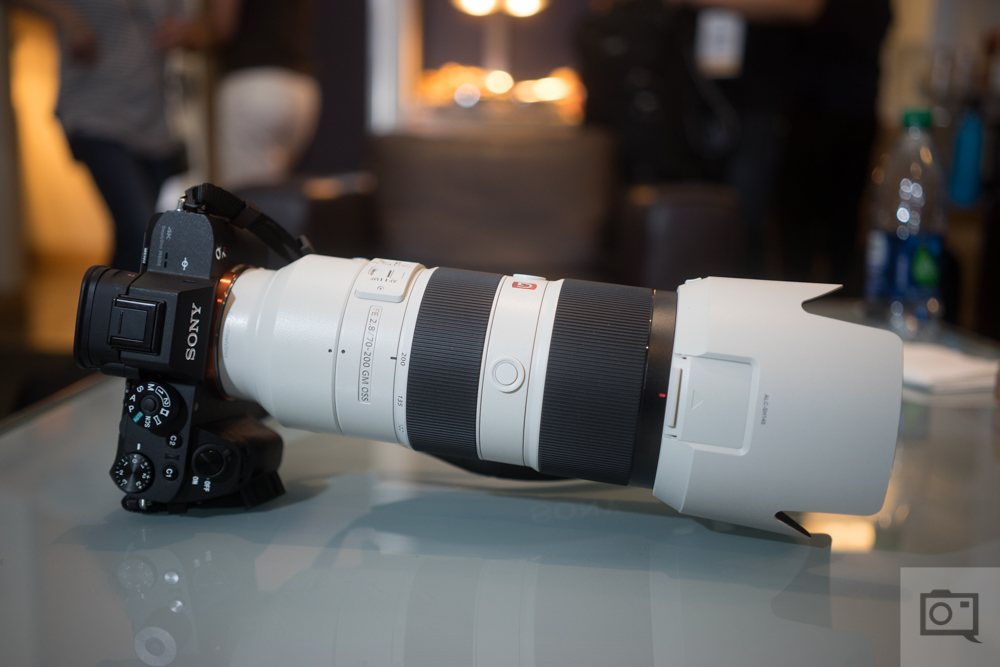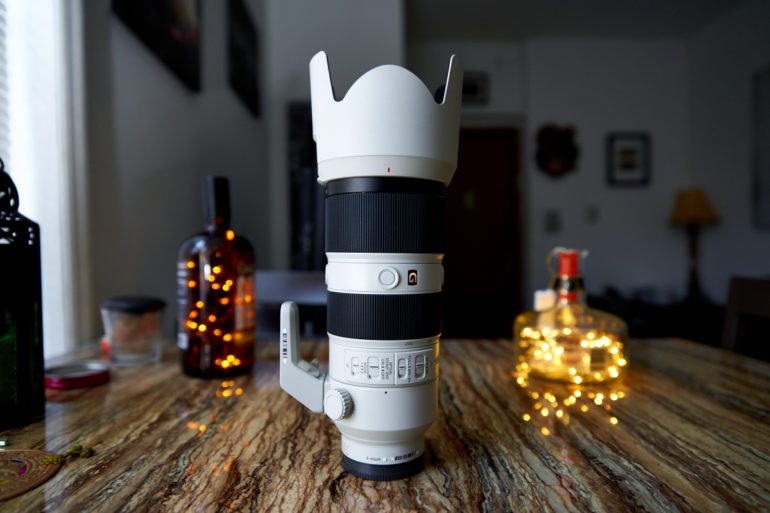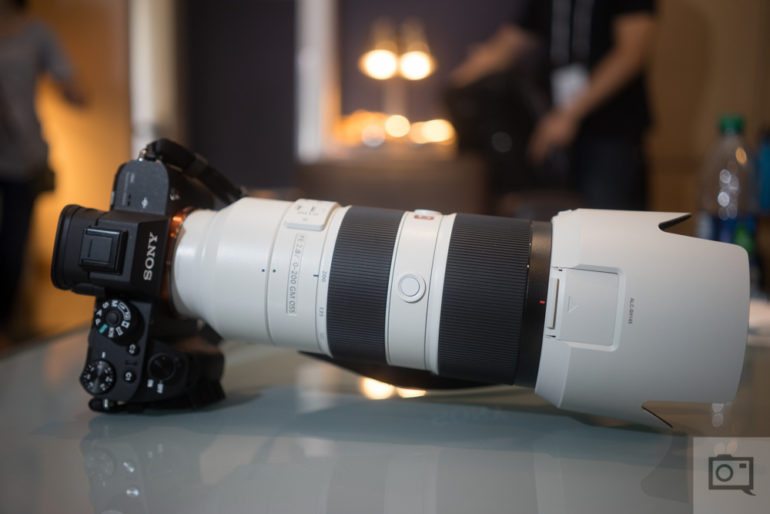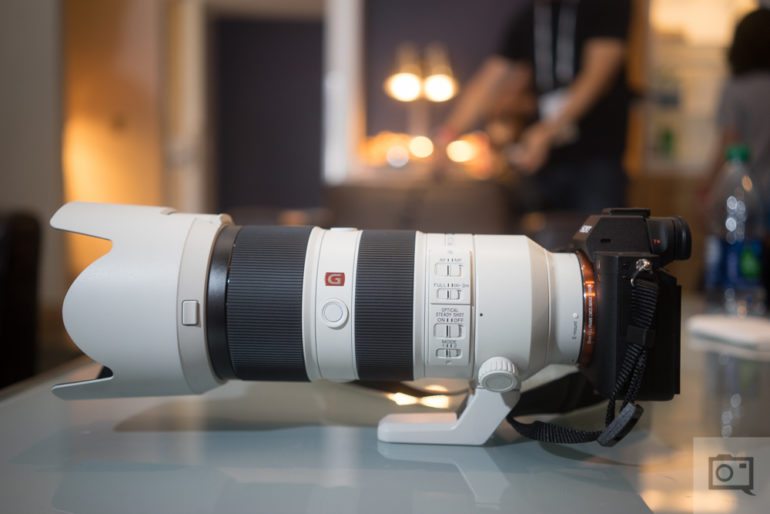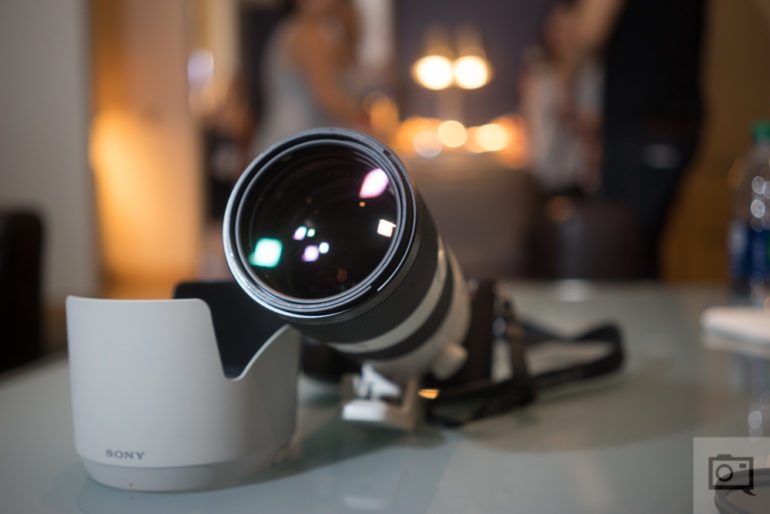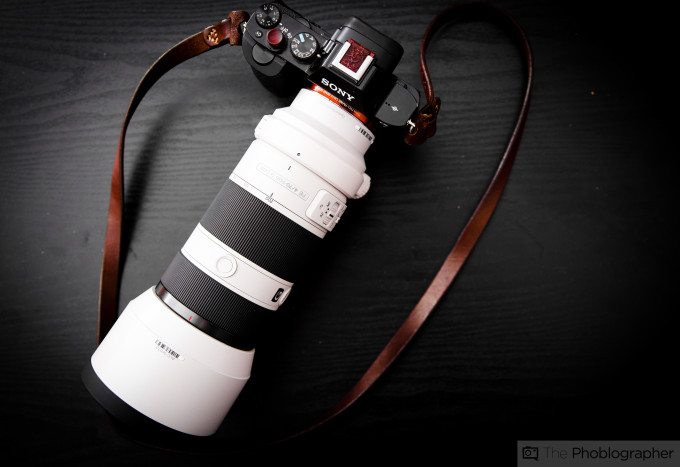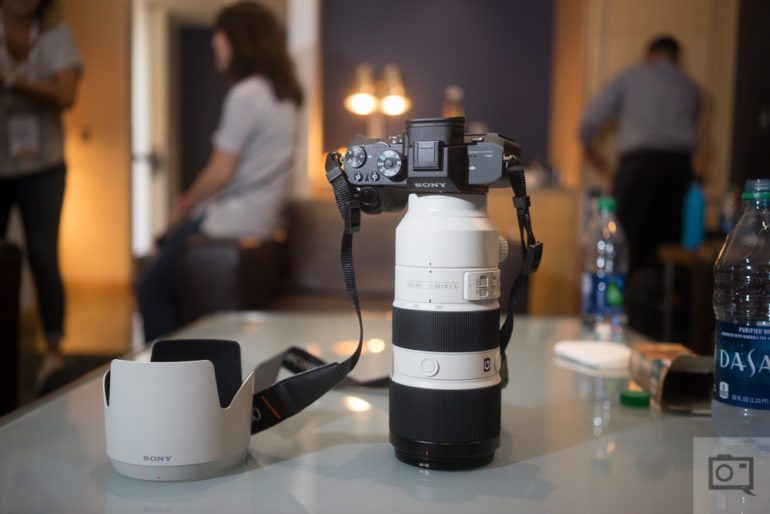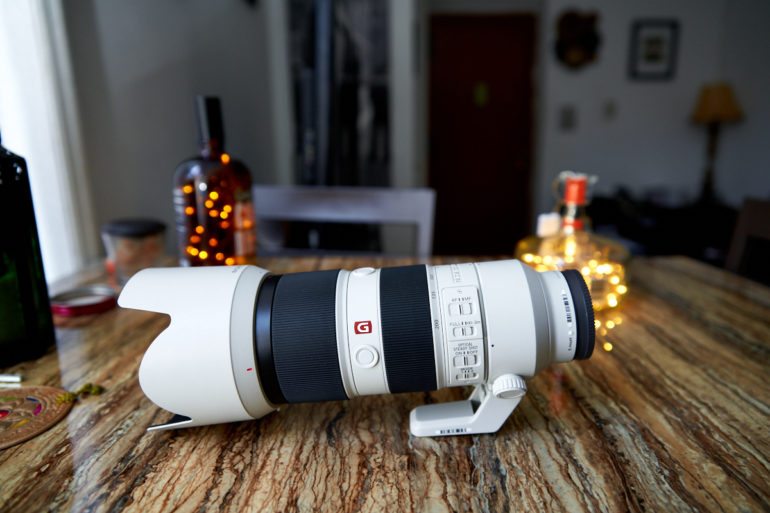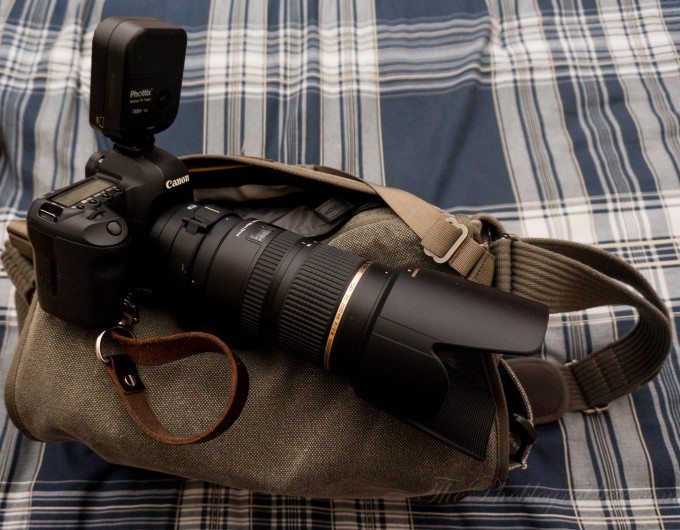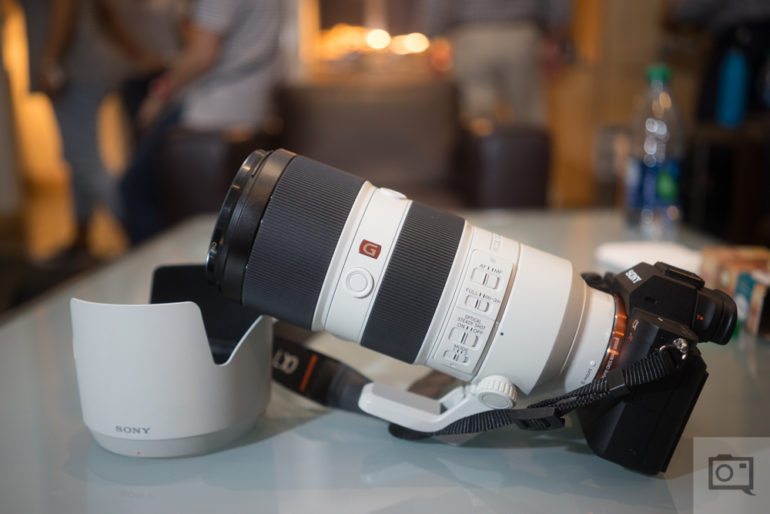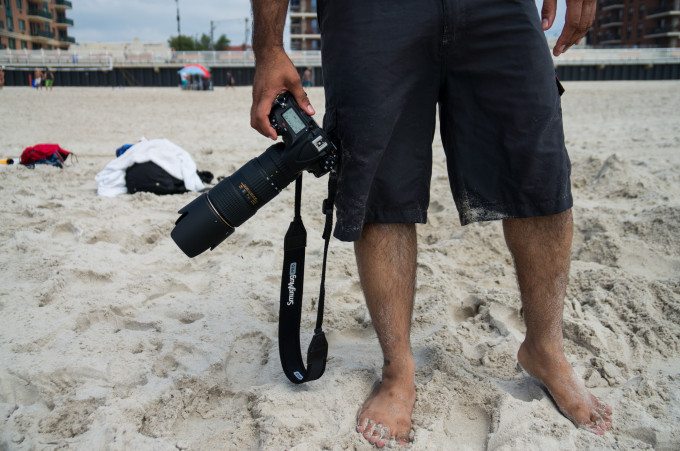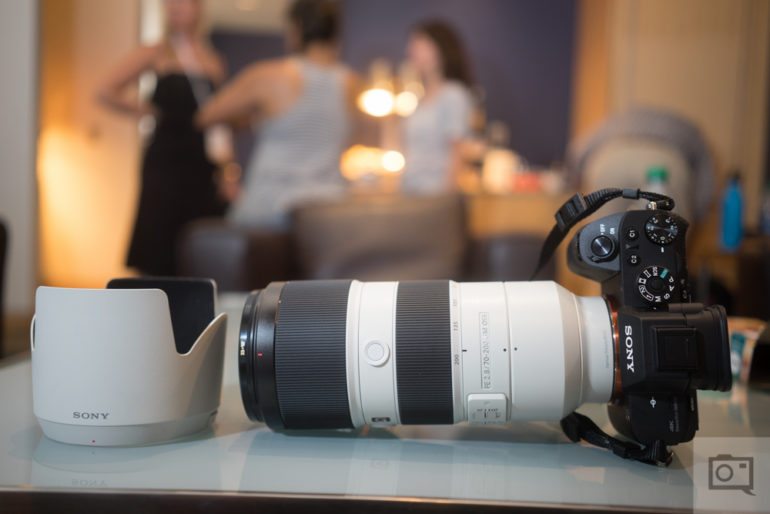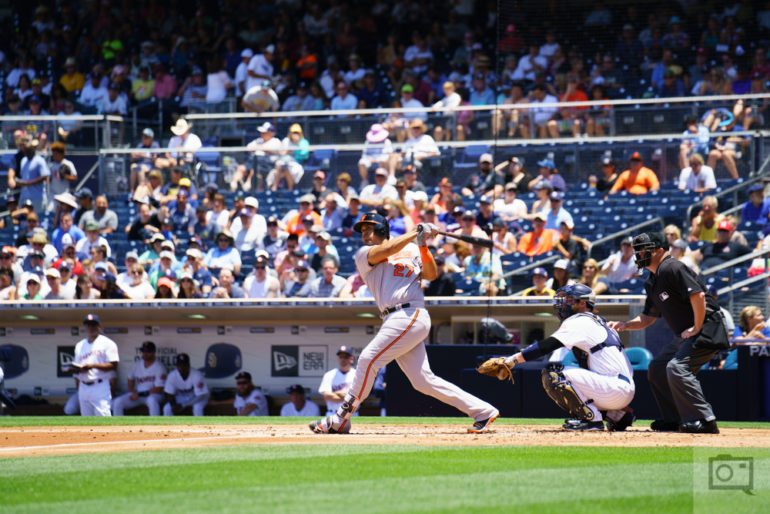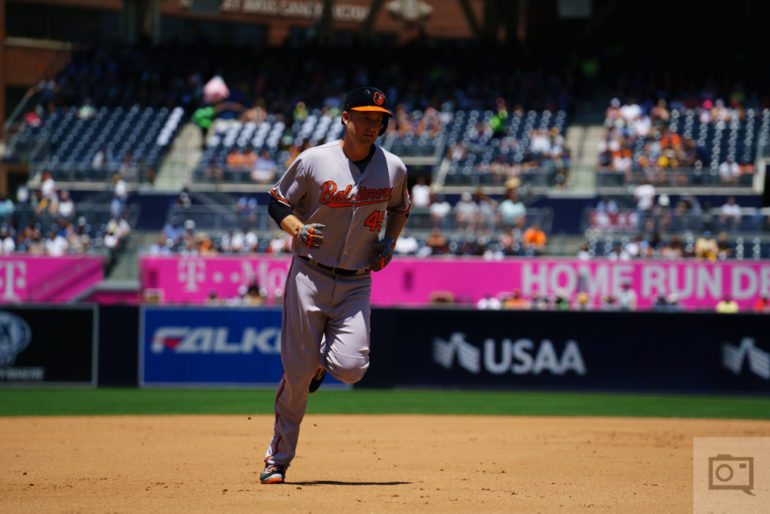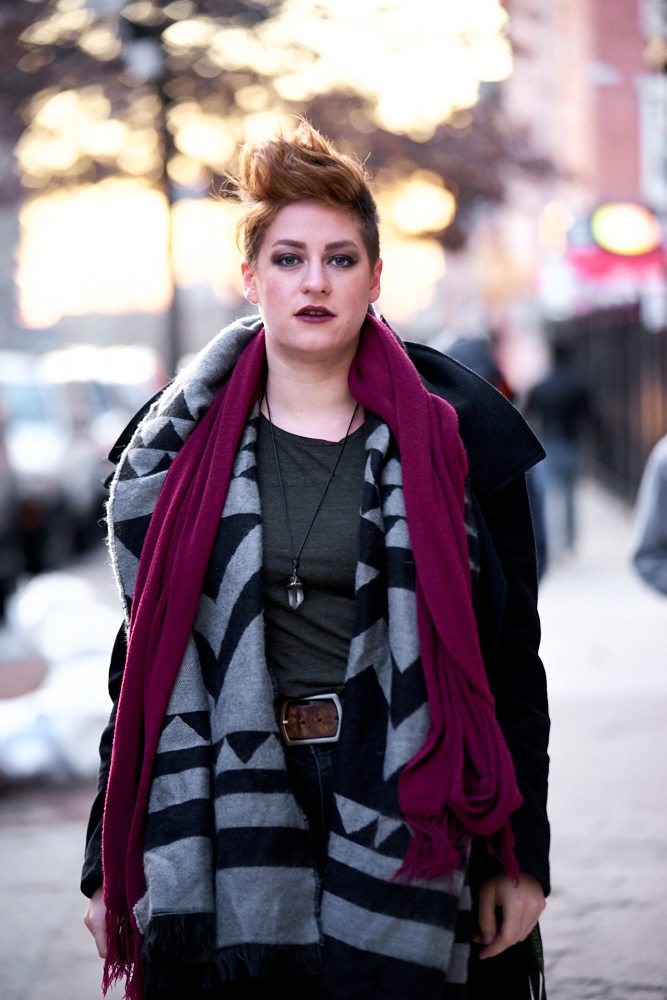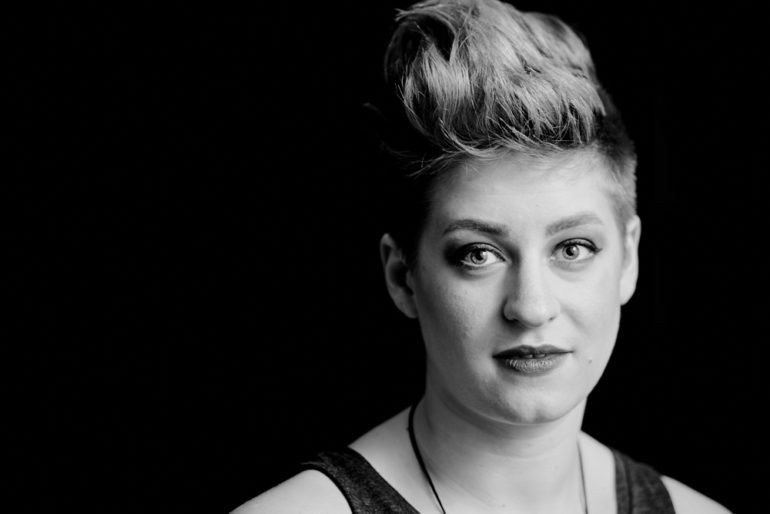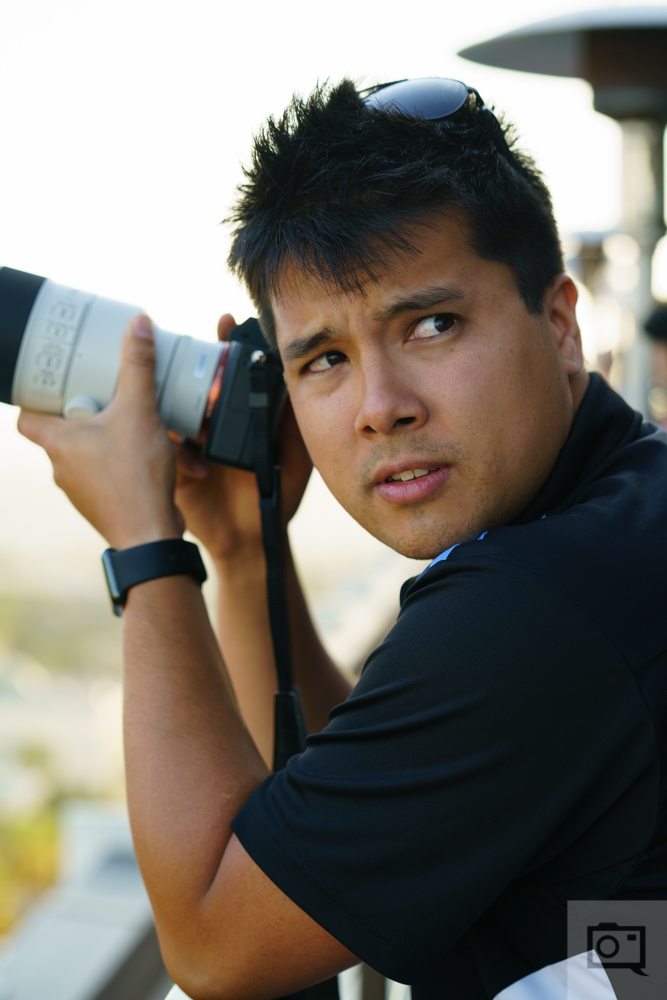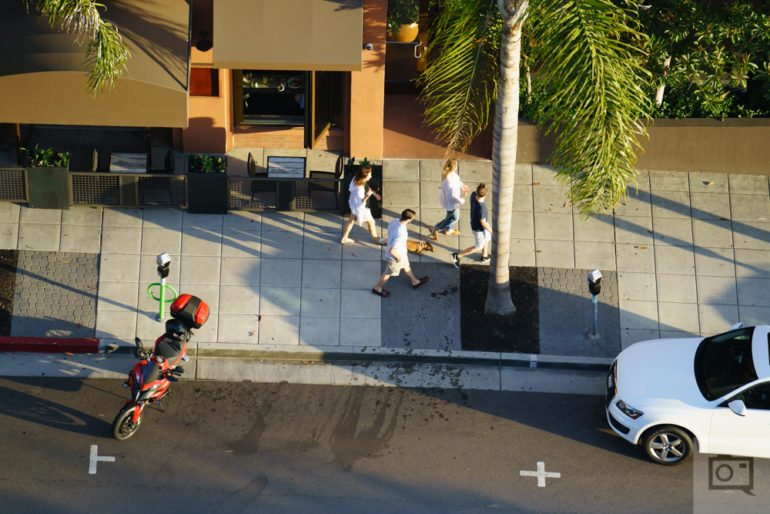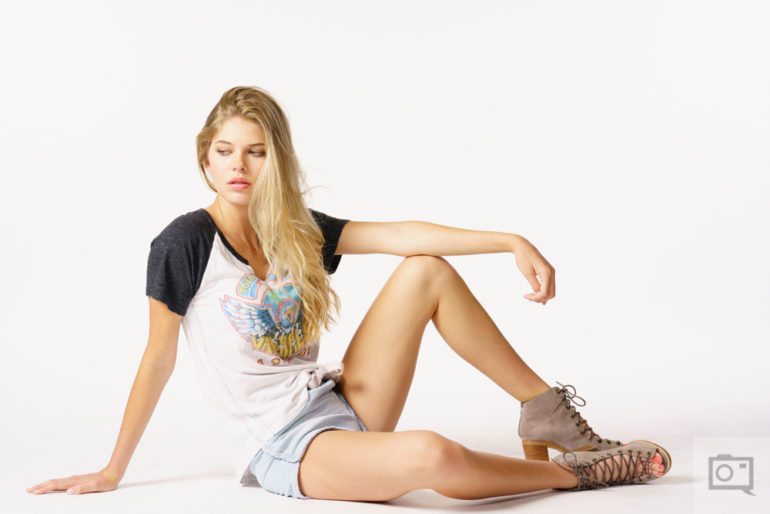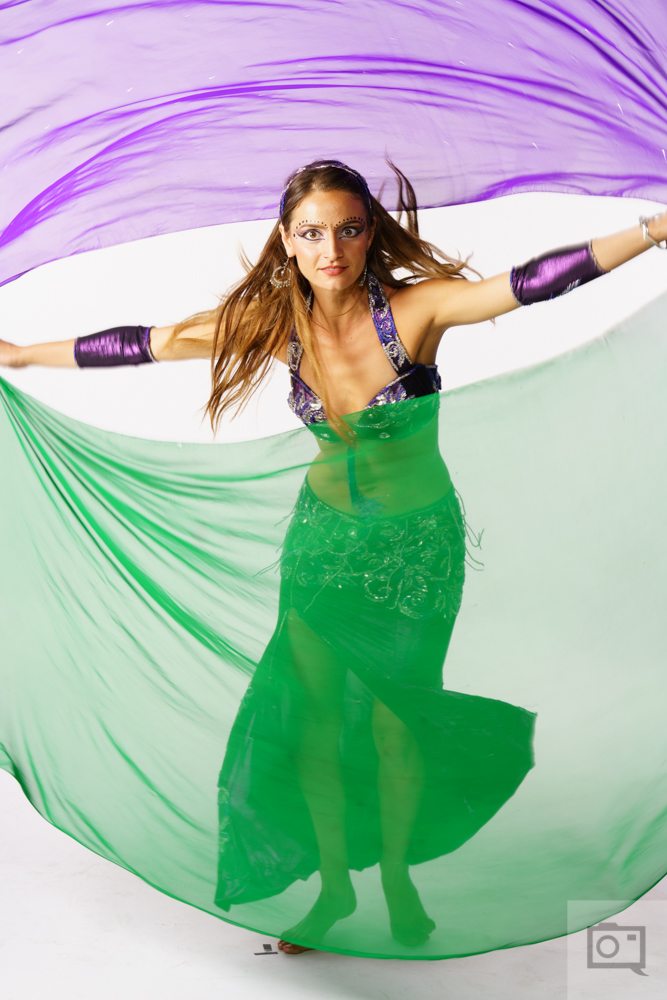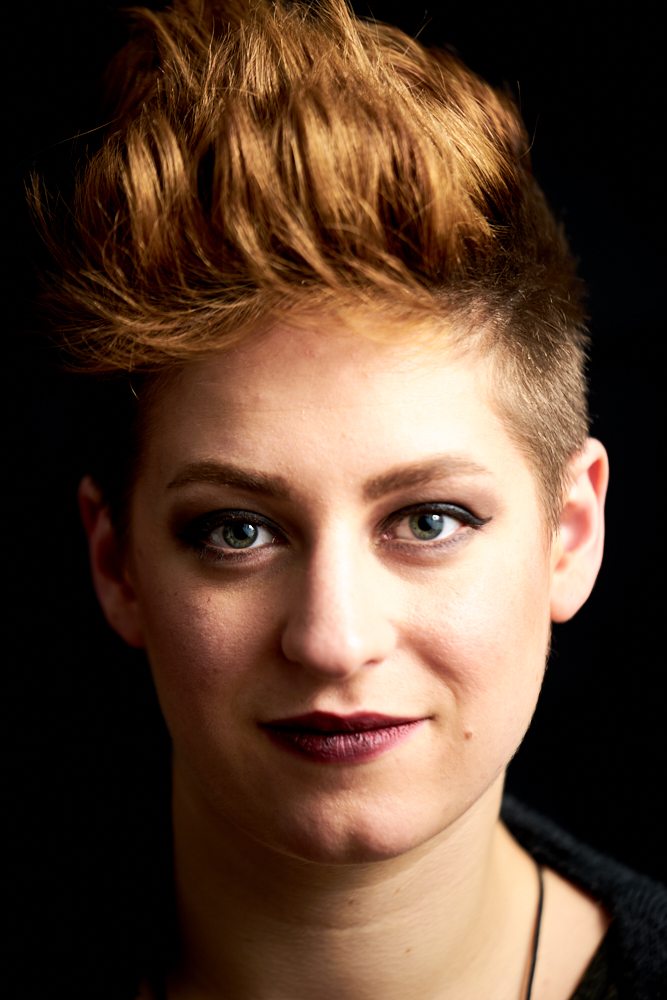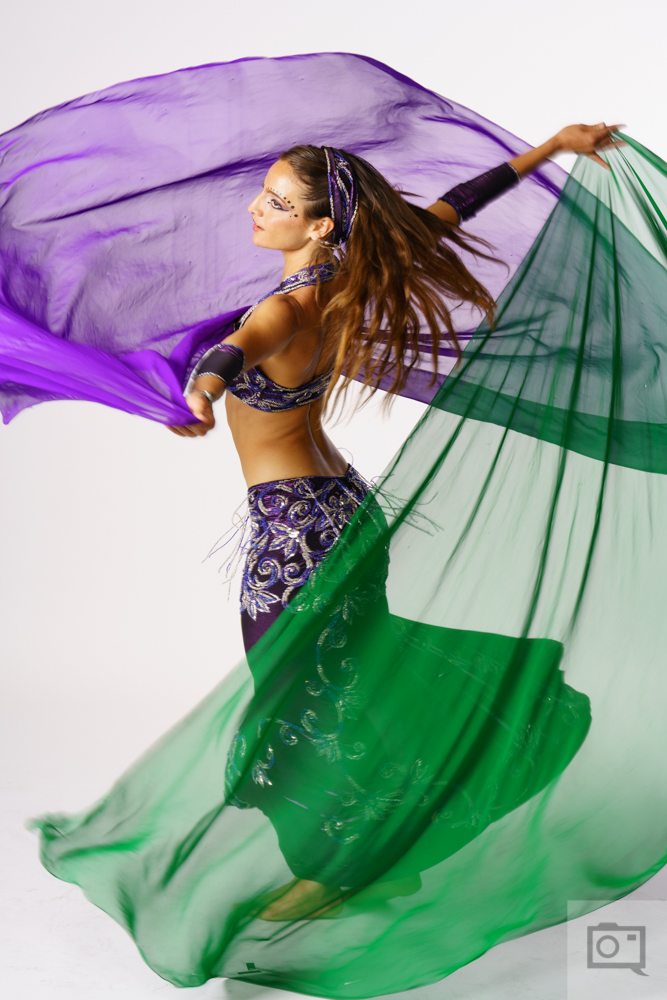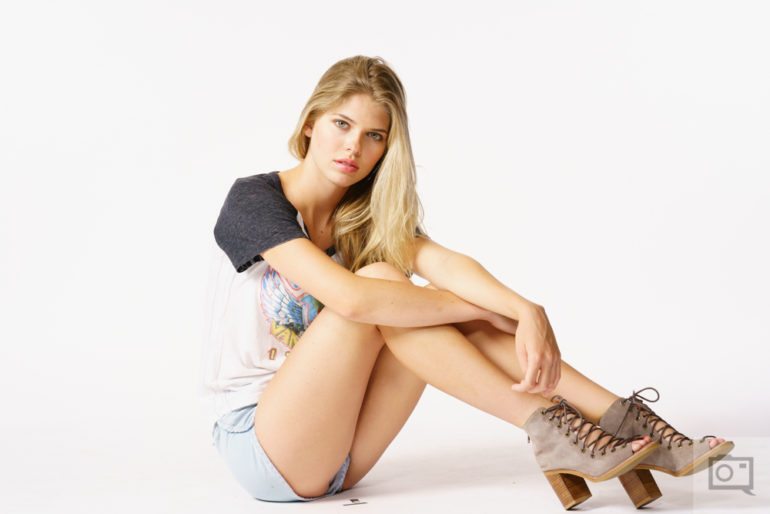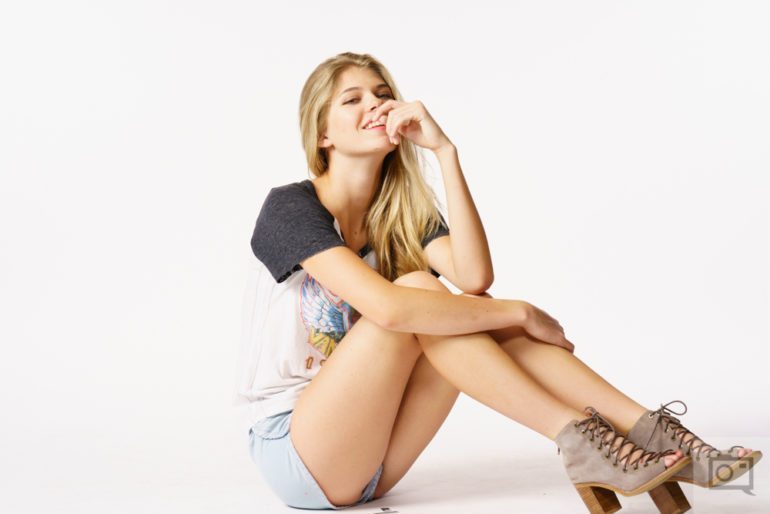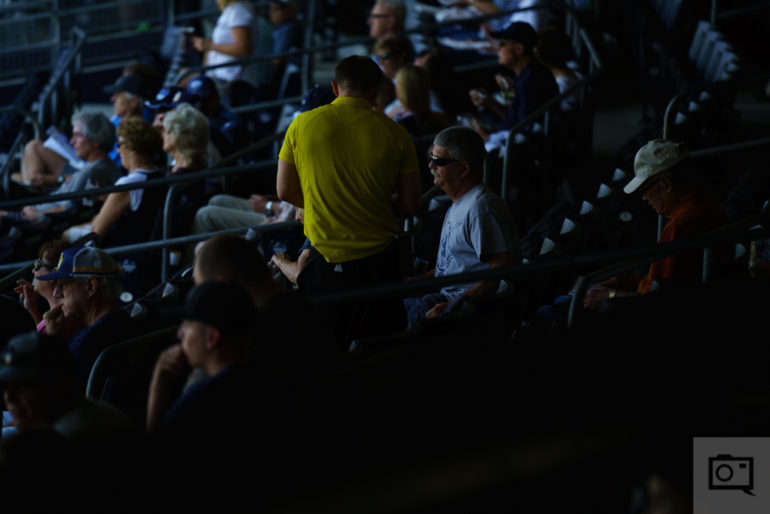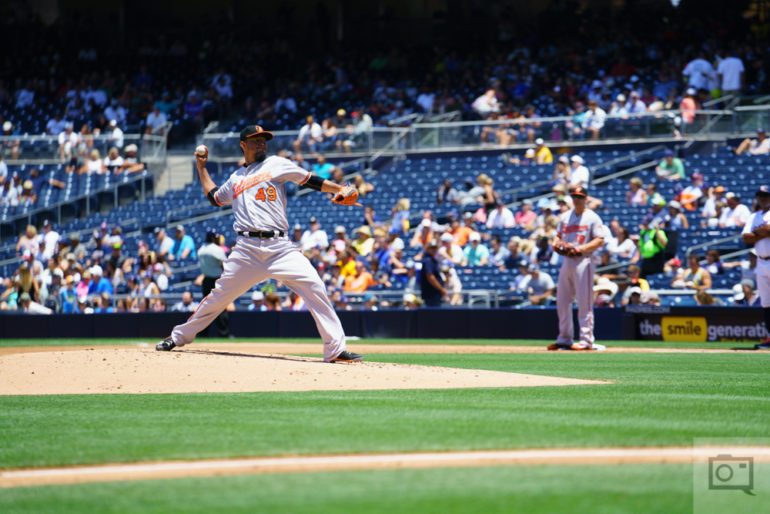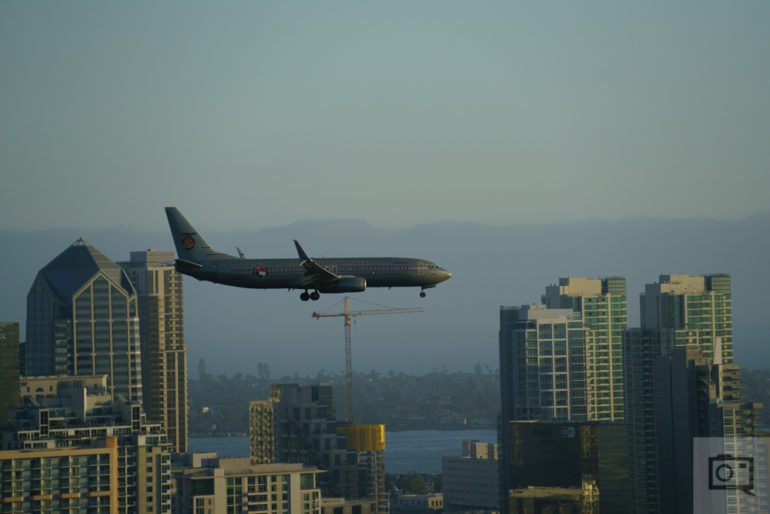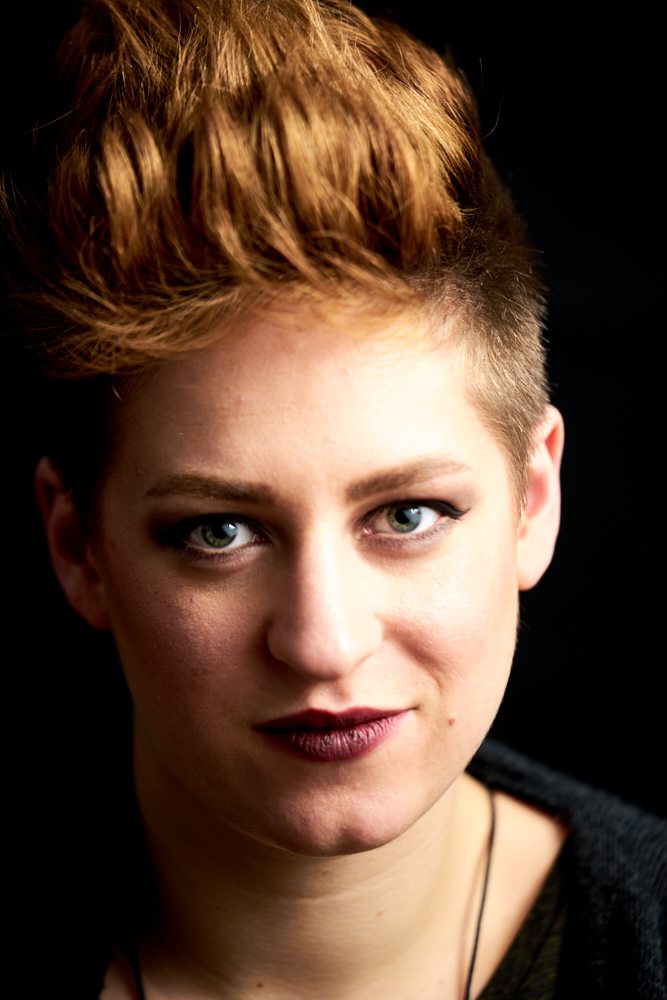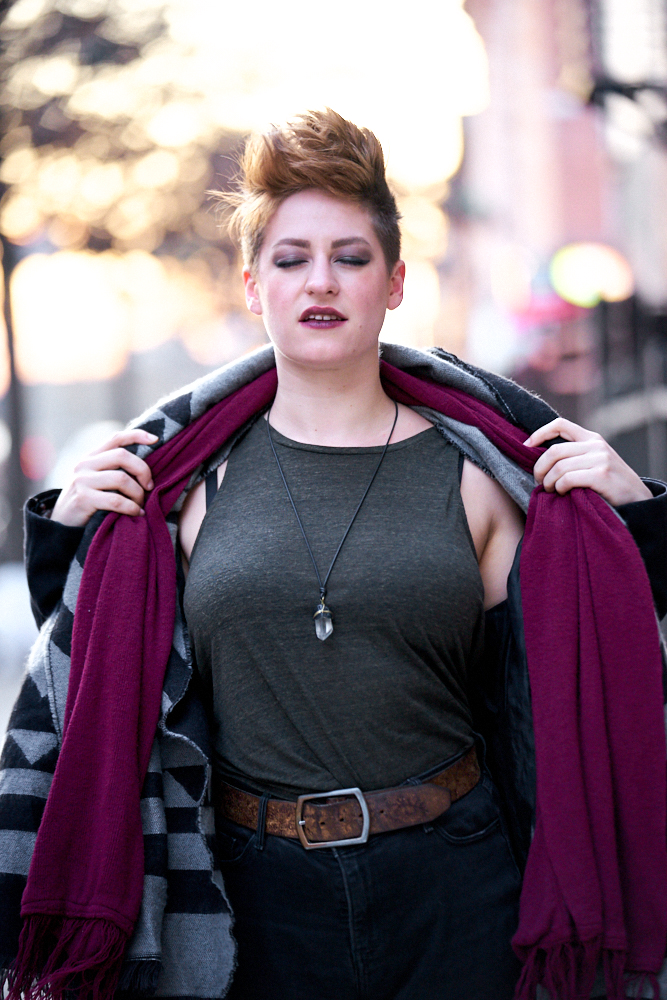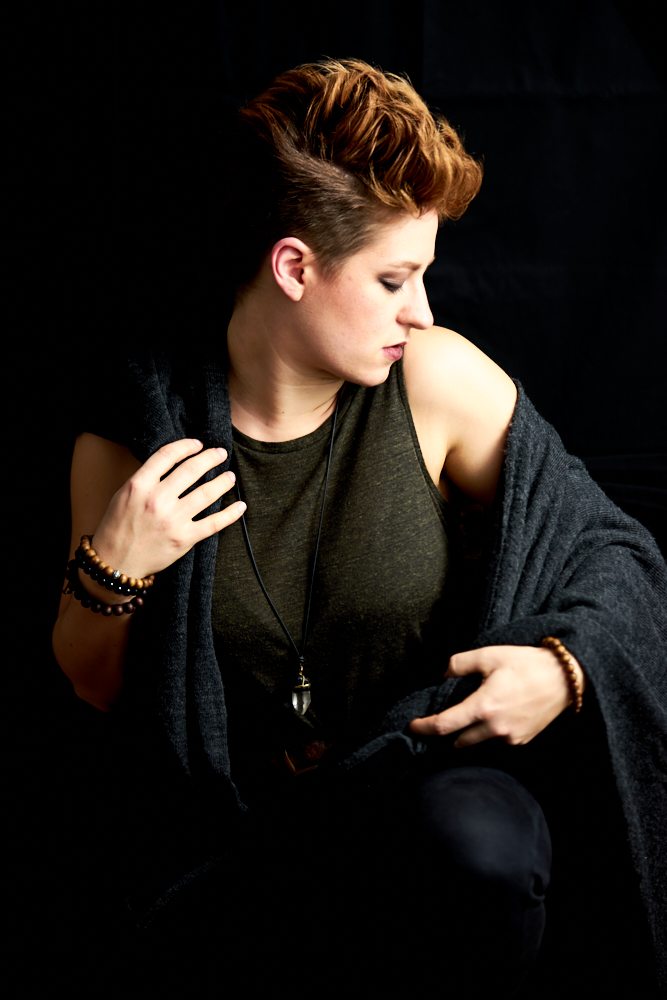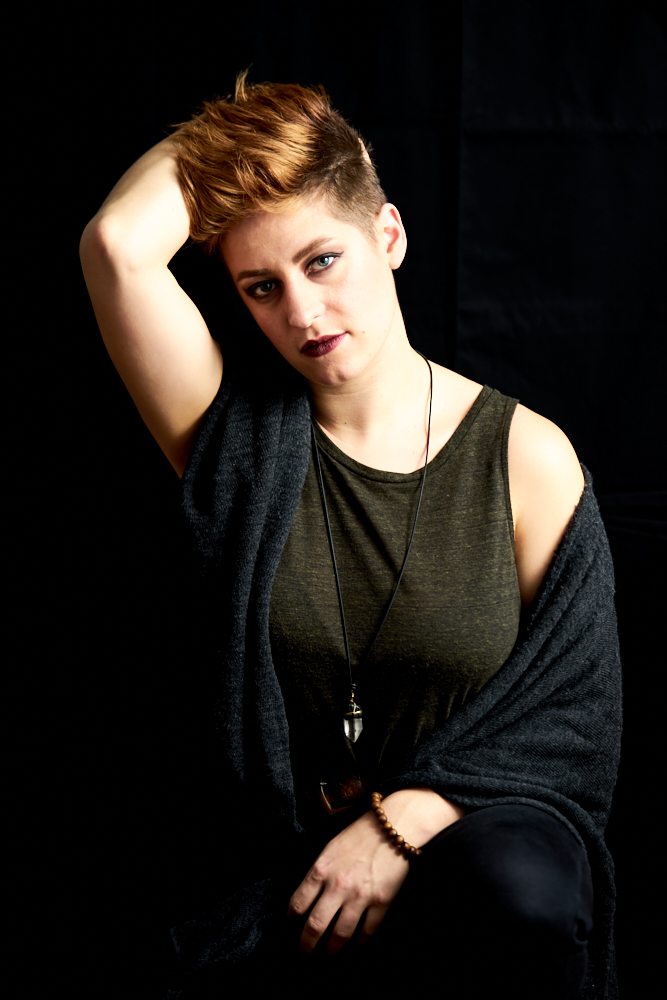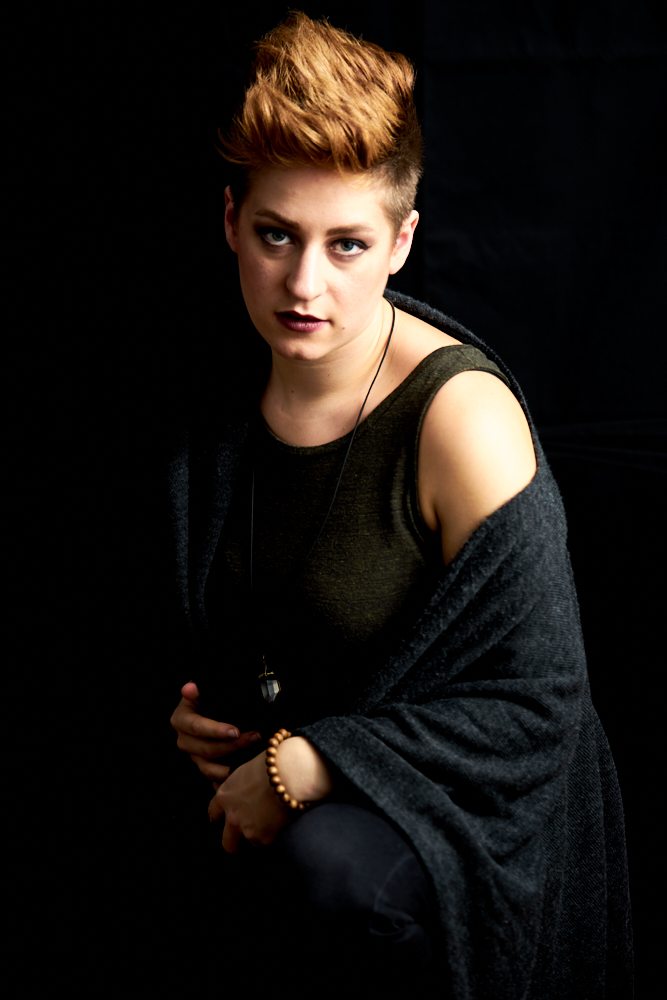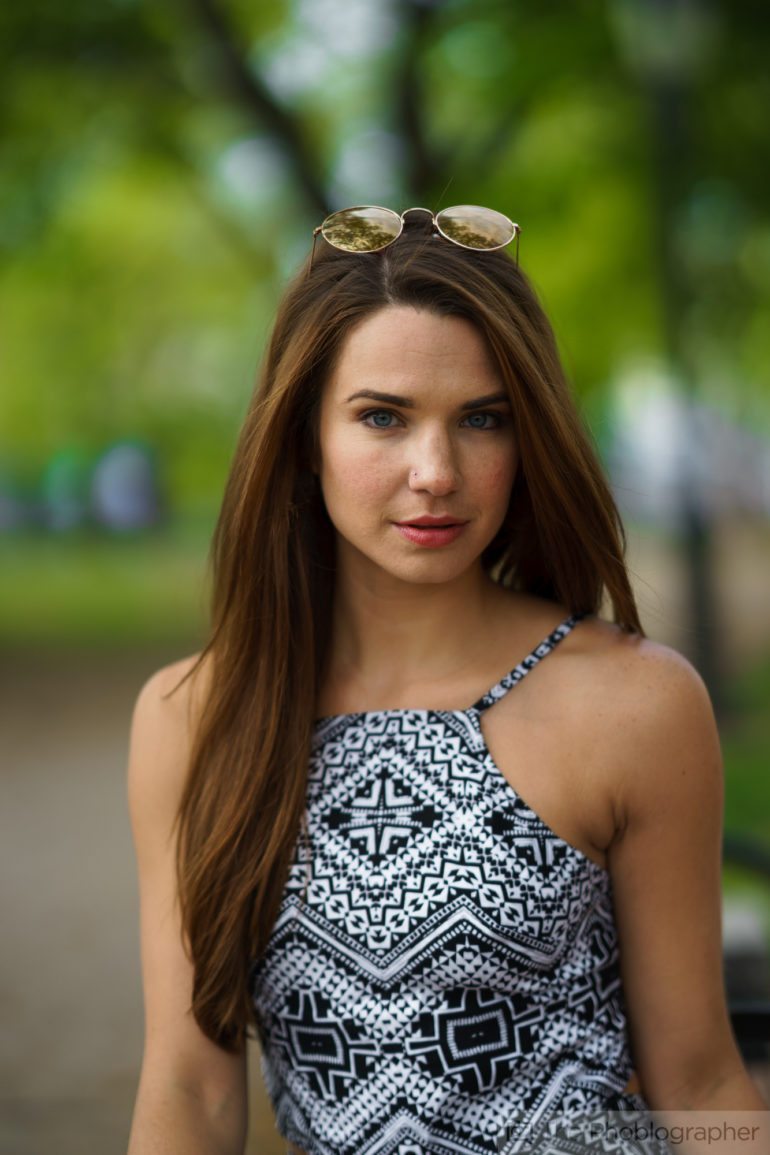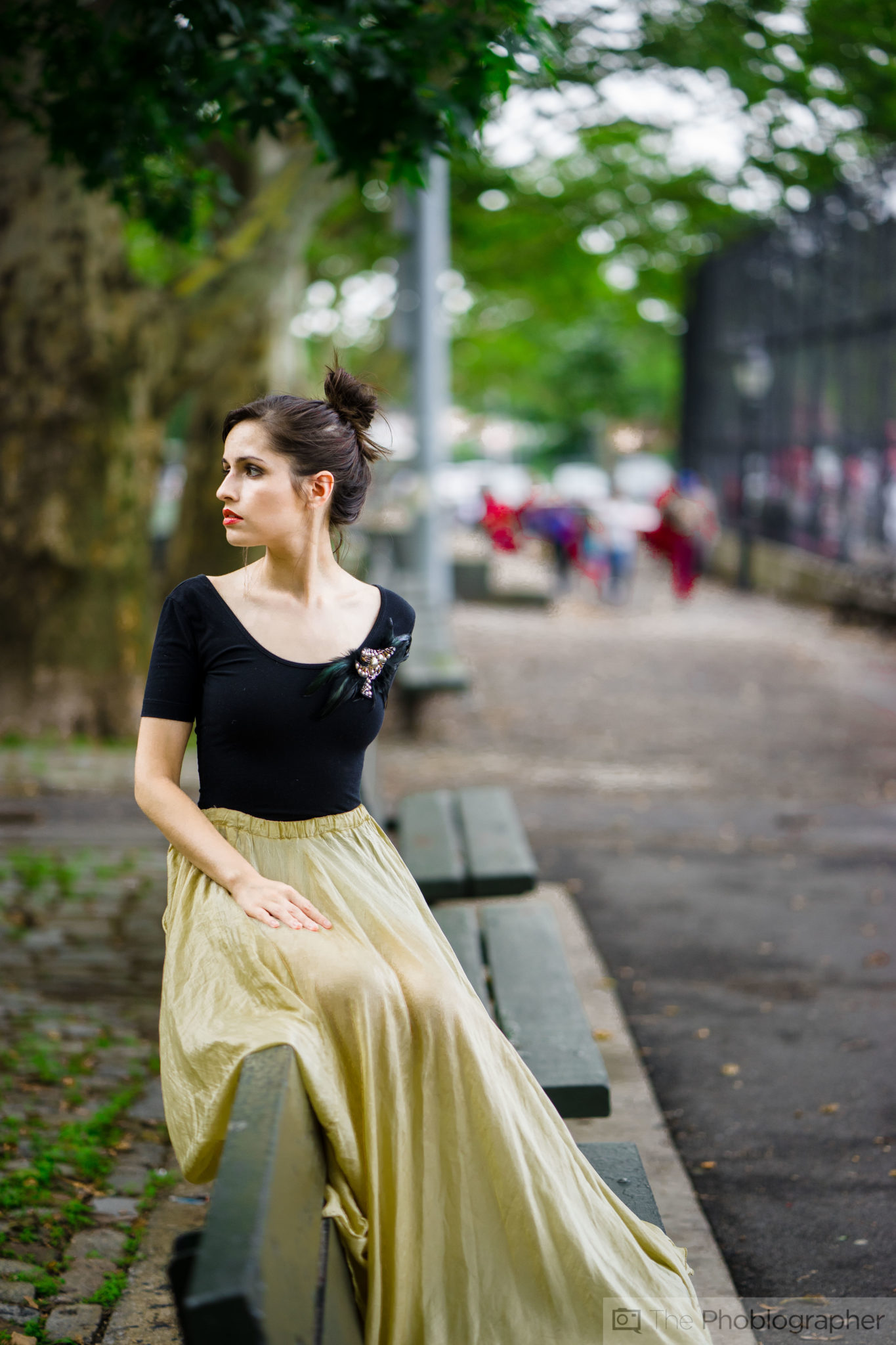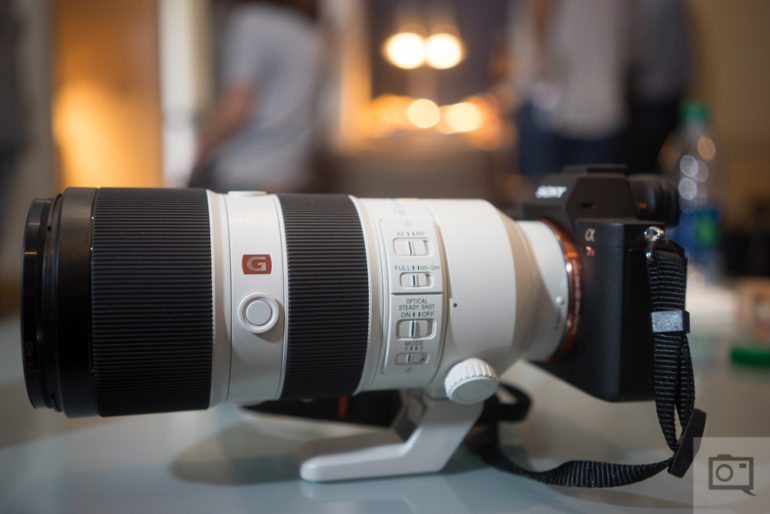Last Updated on 12/21/2016 by Chris Gampat
When you consider a camera system, one of the most important lenses to look out for is a 70-200mm equivalent–and Sony has been working on delivering that in the form of the Sony 70-200mm f2.8 OSS G Master lens for full frame E mount cameras. With weather sealing, a white body, 18 groups with 23 lens elements, and a constant f2.8 aperture throughout the zoom range coupled with a small size overall–there is a lot of love about this lens.
Editor’s Note: In conjunction with the changes we’ve been doing here on the site, we’re once again changing our review format. First impressions reviews will be completely replaced with a fuller and fuller review that will be updated overtime. Readers will be given notifications on when the full review is complete. Each section will also be rated with stars and an overall cumulative rating. Additionally, comparisons will be made. If parts seem incomplete it’s because they’re still being worked on
Update 12/21: this review is complete
Pros and Cons
Pros
- Great image quality
- Nice bokeh
- Fairly compact for a 70-200mm f2.8 lens.
- Good build quality
- Can focus pretty fast with the latest cameras
Cons
Gear Used
We tested the Sony 70-200mm f2.8 G Master OSS lens with the Sony a7r II, Sony flash transmitters/receivers/flashes and Profoto B1 lights set to manual mode. We also tested it with the Sony a7 Mk I and the Impact Venture TTL 600 Watt second monolight.
Tech Specs
| Product name | FE 70-200mm F2.8 GM OSS |
| Model name | SEL70200GM |
| Lens mount | Sony E-mount |
| Format | 35mm full frame |
| Compatability | E-mount 35mm Full Frame E-mount APS-C cameras |
| Focal-length (mm) | 70-200mm |
| 35mm equivalent focal-length (APS-C) (mm)*2 | 105-300mm |
| Lens construction (groups-elements) | 18 groups, 23 elements |
| Aspherical Lenses | 3 aspherical (1 XA- Extreme Asphirical) |
| Extra-low Dispersion Glass | 6 (4 Super ED glass/ 2 ED glass) |
| Coating | Nano AR Coating |
| Angle of view (APS-C)*2 | 23°-8° |
| Angle of view (35mm) | 34°-12°30′ |
| Maximum aperture (F) | f/2.8 |
| Minimum aperture (F) | f/22 |
| Number of aperture blade | 11 circular |
| Circular aperture | Yes |
| Minimum focus distance (m) | 0.96m |
| Minimum focus distance (ft) | 3.15′ |
| Minimum focus distance (in.) | 37.8″ |
| Maximum magnification ratio (x) | 0.25x |
| Lens motors | Ring SSM, Double Linear Actuator |
| Focus Range Limiter | Yes |
| Filter diameter (mm) | 77mm |
| ADI metering / Distance encoder | |
| Image stabilization | Optical SteadyShot |
| Compensation effect | |
| Zoom system | Manual |
| Zoom speed switch (Step) | |
| Teleconverter compatibility (x1.4) | Yes – SEL14TC |
| Teleconverter compatibility (x2.0) | Yes – SEL20TC |
| Hood type | Petal shape, bayonet type |
| Dimensions dia. x length (mm) | 86 x 200mm |
| Dimensions dia. x length (in.) | 3-1/2″ x 7-7/8″ |
| Weight (approx.) (oz.) | 52.3 oz. |
| Weight (approx.) (g) | 1490g (without tripod mount) |
| Dust and Water Resistant | Yes |
| Fluorine coating | Yes |
| Mount rubber ring | Yes |
| Hood (model) | ALC-SH145 |
| Lens front cap | ALC-F77S |
| Lens rear cap | ALC-R1EM |
| Case | Yes |
| Other | Tripod mount |
When it ships, expect it to cost $2,600.
Ergonomics
The Sony 70-200mm f2.8 G Master OSS lens is one with quite a bit of a large size considering that it’s being mounted to a full frame mirrorless camera (or a mirrorless camera in general) and is very unique due to the way that Sony tends to do things overall. The big black ring in the middle lets the user zoom in and out while the one towards the front by the lens hood lets to focus the lens in manual focus mode.
Like many of Canon’s bigger lenses, the lens has a white body.
On this side, you’ve got the MF/AF switch, focus limiter, OSS activation and the type for the different style of shooting that you’re doing. You’ve also got those soft customizable Sony buttons.
Additionally, what you’ll see is the lens’s tripod collar.
Want to mount a filter to this lens? You’ll need a 77mm filter and if you want to adjust something like its polarizing abilities, you’ll need to open a little door latch on the hood.
In Comparison
The closest point of comparison for this lens is the 70-200mm f4 from Sony. That lens is much smaller and much lighter–but that’s what you need to expect. The f2.8 version feels far beefier–as it should.
If you use an adapter, you can compare something like other lenses designed for DSLRs–and my favorite is the offering from Tokina. For what it’s worth, Sony’s 70-200mm f2.8 G Master OSS is built much more solidly than the Tokina version and it feels every bit of it.
Rating
I can’t really sit here and complain a whole lot about the ergonomics. But I’m a persona that believes that mirrorless camera systems are getting too big.
Build Quality
While this lens is big for a mirrorless camera body, it’s overall size is still small in comparison to other 70-200mm f2.8 lenses. This lens also has weather sealing, ergonomic buttons/switches exactly where you need them and a texture on the outside that doesn’t make the lens slippery at all. To boot, the rubber rings are also very grippy.
Update
After having the chance to play with this lens in the rain with an a7, I’m happy to report that it stood up to the rain with no problems. Indeed, these lenses are built super well.
In Comparison
The honest truth abut many 70-200mm f2.8 lenses is that they’re all pretty much built the same. All the focusing and zoom rings have rubber to make them easier to grip onto but where Sony differs is with the programmable buttons on the sides.
If you want a lens of these focal lengths for the Sony full frame E mount system I strongly recommend going with the native offering.
Rating
Sony’s G Master lenses are built pretty well overall. In fact, they’re built better than their cameras and can take more abuse.
Ease of Use
If you’re used to using any 70-200mm f2.8 lens with image stabilization, then this shouldn’t be anything than business as usual to you. You’ll find a lot of switches and buttons around the lens that let you change your experience but for the most part what you’ll be doing is zooming in and out combined with autofocusing. In that case, the lens is very simple to use overall. However, the customization options are many and if a switch hits the wrong part of your bag, you’ll find settings like Optical Steady Shot switched off.
In Comparison
Quite honestly, if you’ve used one 70-200mm f2.8 with image stabilization, you’ve used them all. Where Sony differs is with all the extra buttons around the lens that you can customize.
Rating
It’s a standard 70-200mm lens. Just remember to keep your image stabilization on when you’re hand holding and you’re all good.
Autofocus
During my few days with the lens, the most challenging thing that we needed to shoot was baseball. I honestly would be using a much longer lens for something like this, but it’s what was available at the time. When using the smallest autofocusing point with tracking on the Sony a7r II, the camera and lens worked together to nail the focusing pretty easily. But again, this isn’t a challenge for a lens like this considering that the subject is so far away.
Despite my claims that this isn’t a major test, the lens can still track moving subjects very well through a scene and maintain focus. The best results came at f4.
In Comparison
I have yet to do lots of major tests with this lens, but of any that I’ve used so far, it tracks almost as well as a DSLR and their 70-200mm f2.8 equivalent would. My best results came from using the center focusing point and panning with a subject though–but more tests will be done when a review unit comes our way.
Update
With Sony’s latest cameras, the autofocus is very snappy. But once you mount it on something like the original a7, it’s not so quick. It will take a while to achieve focus. If you’re shooting portraits, be sure to use Sony’s Eye AF system to maximize accuracy.
Rating
The autofocus performance from the 70-200mm f2.8 G Master is pretty good, but it depends on what camera you’ve got it attached to.
Image Quality
My favorite way to test image quality is in the studio or in a studio setting. It’s where I’m most comfortable. Despite the fact that I prefer to work with small, light prime lenses, the 70-200mm f2.8 GM OSS is rather nice to use and delivers very solid image quality. From what I’ve seen so far there isn’t very much to complain about at all.
Bokeh
Though I didn’t get to test out what the bokeh is like very much, it’s very nice from what I can tell–especially at the longer end of the lens. At the shorter end, it won’t outdo a prime lens, but at the longer end it very well could.
Color Rendition
Like the Zeiss 50mm f1.4 from Sony, this lens has slightly more muted colors vs being very vivid. To that end, the colors are very nice and give you a more workable point in general if you’re shooting video with this lens. There is less contrast overall and the lens is wonderful when it comes to rendering skin tones.
Chromatic Aberration
In my brief testing period, I couldn’t find any sort of terribly aberration problems. However, that can change and I’m awaiting my testing unit.
Sharpness
Since I believe that the best sharpness from a lens comes out when you use a flash, I did just that. The sharpness from this lens is impeccable when the subject is nailed perfectly in focus.
When working in the studio using a flash will make sure that you take the most advantage of it overall. Only then will you get the sharpest images.
Extra Image Samples
In Comparison
If you’re a portrait photographer, very little is going to beat the Sony 85mm f1.4 G Master lens. It’s got 11 aperture blades and beautiful bokeh overall. Sure you get more focal lengths with the 70-200mm, but the 85mm is a fixed prime and highly specialized; and like many of you, it’s my first choice.
Even further, the Laowa 105mm f2 is also capable of delivering some captivating colors. It’s a manual focus lens, but who cares? It’s fantastic! Plus it’s lighter weight and has a fast aperture which means even more bokeh if you wish.
Lastly, the Zeiss 85mm f1.8 Batis is also a very good lens. It isn’t as fast as the G Master 85mm when it comes to the aperture, but it’s close. It’s also more affordable. When you combine this with how good Sony’s sensors are, any of these lenses will make practical sense. But this is also another option.
Rating
I honestly can’t say a bad thing about the image quality here. It’s fantastic.
Conclusions
Likes
- Fantastic image quality
- Can have great autofocus
- Build quality is great
Dislikes
- Price
- This is a personal thing: 70-200mm lenses are pretty large overall. I’d honestly prefer to tote around the f4 version.
I’m really, really not a big fan of zoom lenses but this is where Sony deserves absolutely nothing else but credit. For years, one of the problems that so many photographers spoke of with the Sony system was the lack of good lenses. But the company fought that statement hard and continues to do so with the lenses for the FE system. Not only is there variety, but there is also variety from 3rd party manufacturers and good quality lenses available. The 70-200mm f2.8 G Master OSS is no exception here.
Want great image quality? You’ll get it with any camera from Sony. Want better autofocus? You’ll need their newer bodies, and that’s understandable. Want solid build quality? You’ve got it. Additionally, Sony made efforts to make the size overall smaller than most 70-200mm lenses. This is again where I really need to give them credit.
Portrait photographers are who I genuinely feel will make the most of this lens. Sports shooters and wedding photographers are probably best going with the options available from the A mount along with the selection of lenses there. But even so, there are arguably better options for portrait photographers like the wide variety of primes for the Sony mirrorless camera system.
The Editor’s Choice award is being given for the fact that Sony cranked this lens out pretty quickly mixed in with the fact that it’s actually a solid lens. But Sony needs to improve their AF with the mirrorless system to truly make this lens rock for photojournalists and wedding photographers.
Let alone their battery life…
The Sony 70-200mm f2.8 G Master OSS receives five out of five stars and our Editor’s choice award. Want one? Get ready to pony up over $2,000 for one.
Recommended Cameras
Sony a7r II: The undisputed king of the mirrorless camera world will be best for portrait and landscape photographers when using this lens.
Sony a7s II: I’ve always found the focusing with the a7s II to be slightly better in some situations than the a7r II.


